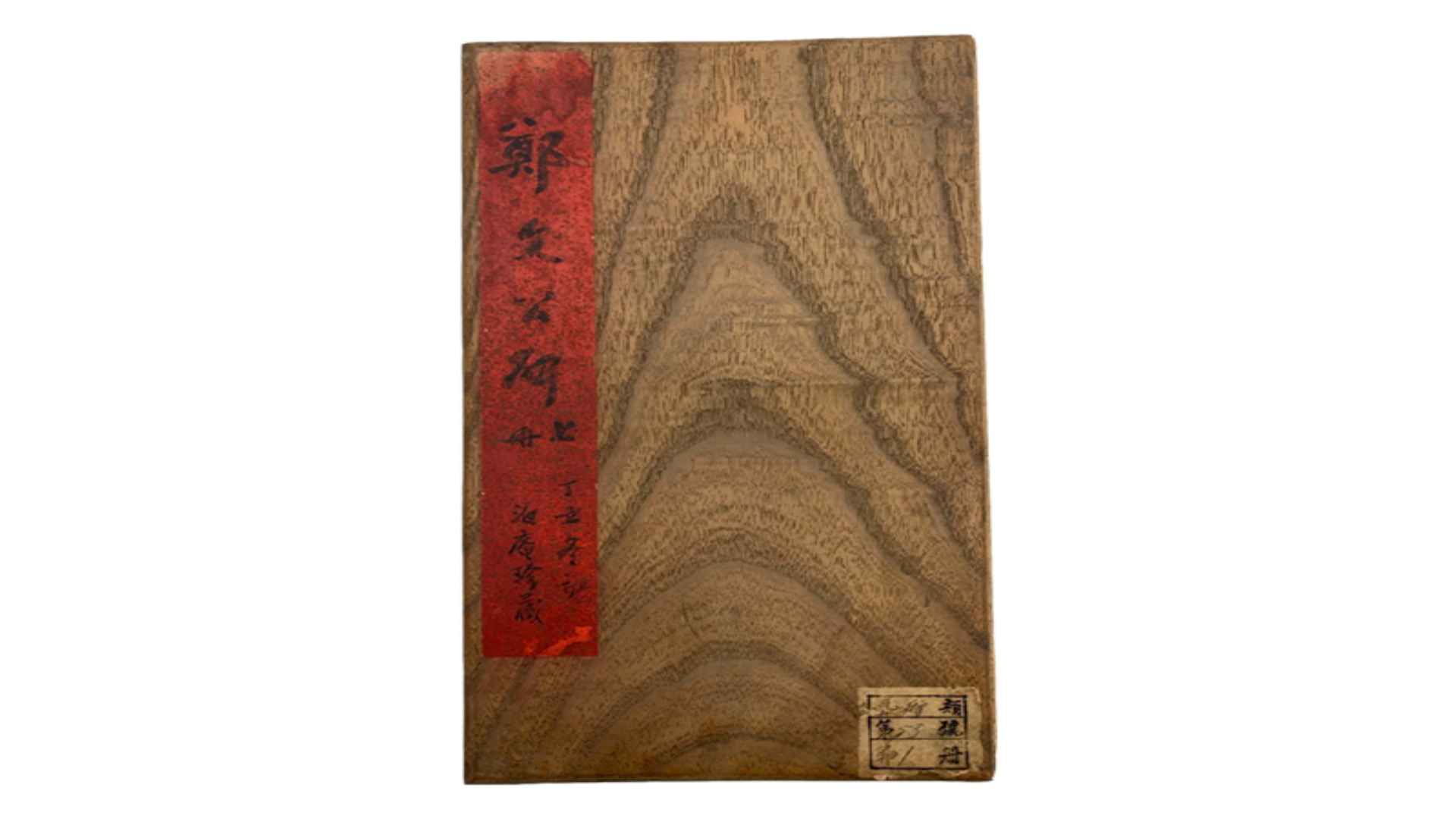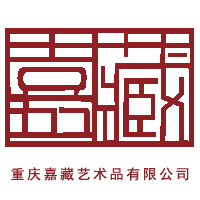
《郑文公碑》即《魏兖州刺史郑羲碑》,北魏摩崖刻石,北魏宣武帝永平四年(公元511年),郑道昭为了纪念其父所刻。书写者是郑羲的儿子郑道昭。当时郑道昭是兖州刺史,刚开始刻在天柱山巅,后来发现掖县南方云峰山的石质较佳,又再重刻。第一次刻的就称为上碑,字比较小,因为石质较差,字多模糊;第二次刻的便称为下碑,字稍大,且也精晰,共有五十一行,每行二十九字,但并没有署名,直至阮元亲临摹拓,且考订为郑道昭的作品后才受至重视。
郑文公碑的笔画有方也有圆,或以侧得妍,或以正取势,混合篆势、分韵、草情在一体,刚劲姿媚于一身,堪称不朽。结体宽博,气魄雄伟。清代包世臣说:“北碑体多旁出,郑文公字独真正,而篆势分韵草情毕具其中。布白本乙瑛,措画本石鼓,与草同源,故自署曰草篆。不言分者,体近易见也。”是“真文苑奇珍也”。
南北朝时期,虽然国家分裂,战乱频繁,但是在我国的书法史上却是一个极其光辉灿烂的时期。特别是北朝之书,以魏为最盛。当时人重以好文,喜润色金石,故刻碑之风蔚然。于是刻石、碑碣、墓志、塔铭、刻经、造像、摩崖等竞相争艳,各种风格、面目的楷书书体在这隶楷错变的蜕化演进的过程中呈现出一种千岩竞秀、百卉争妍的局面。近一百余年来随着碑碣墓志的大量出土,随着金石考据的日益重视,随着包世臣、康有为、梁启超等人在理论上的提倡,随着一大批书法家的躬身实践,继帖学之后研究碑学之风至今犹盛不衰,北魏书法逐渐焕发出迷人的魅力,在多如丽天繁星的北碑之中,《郑文公碑》是一颗最耀人眼目的明星。
《郑文公碑》分上下二碑,上碑在山东省平度市天柱山之阳,无碑额,二十行,每行五十字;下碑在山东省掖县云峰山之阴,五十一行,每行二十九字,上下碑的内容基本相同。《郑文公碑》传为北魏光州刺史郑道昭所书,他为了传述其父郑羲的功德而于魏永平四年(511)刻于摩崖之上。下碑有“荥阳郑文公之碑”碑额七字。
郑道昭(455-516),郑羲次子,字僖伯,自称“中岳先生”,据《魏书》载其“少而好学,综览群言”,“好为诗赋”。历官至中书侍郎、给事黄门侍郎、国子监祭酒、秘书监及光、青二州刺史。孝明帝熙平元年卒,赠镇北将军、相州刺史,谥“文恭”,其在任光州刺史期间,“政务宽厚,不任威刑,为吏民所爱”。其所书《郑文公碑》以古朴淳厚的篆法为主,参以方笔隶意,笔调凝炼,如古松蟠屈,体势开阔雄健,神采奕奕。包世臣《艺舟双楫》赞其书“篆势、分韵、草情毕具”,以至去天柱、云峰观摩刻石者接踵,而购得拓片者相以为荣。清叶昌炽评其书曰:“郑道昭云峰山《上、下碑》及《论经诗》诸刻,上承分篆,化北方之乔野,如筚路蓝缕进入文明,其笔力之健,可以剸犀兕,搏龙蛇,而游刃于虚,全以神运,唐初欧虞褚薛诸家,皆在笼罩之内,不独北朝书第一,自有真书以来,一人而已。”此虽过誉之论,但亦可以看出此碑影响之大。近代著名书家沈尹默先生则谓:“通观全碑,但觉气象渊穆雍容,骨势开张洞达,若逐字察之,则宽和而谨束,平实而峻肆,朴茂而疏宕,沉雄而清丽,极正书之能事。”可见《郑文公碑》在北魏书法中的重要地位。
《郑文公碑》传无宋拓本。乾隆年间,桂馥寻踪访碑,始有拓本传世,今选用初拓本影印出版,公诸同好,或可裨益于志于楷法者深造而登堂奥之妙。
The monument of zheng wengong is the monument of zheng xi, the history of yanzhou in the wei dynasty. It was carved on the cliff in the northern wei dynasty. In the fourth year of yongping, emperor xuanwu of the northern wei dynasty (511 AD), it was carved by zheng daozhao in memory of his father. The writer is zheng xi's son, zheng daozhao. At that time, zheng daozhao was yanzhou poet, who was just carved on the top of tianzhu mountain. The first inscription is called on the monument, the word is relatively small, because the stone is poor, the word is more fuzzy; The second was called the lower tablet, and the characters were slightly larger and clear. There were fifty lines, each with 29 characters, but no bylines.
Zheng wengong tablet's strokes are square and round, or to side to get yan, or to take the potential, a mixture of zhuan potential, fen yun, grass feeling in one, strong posture mei in a body, can be called immortal. Wide body, magnificent spirit. Bao shichen of the qing dynasty said: "the north of the body of the monument, zheng wengong word alone really, and zhuanshi potential of the charm of the grass which has been. Cloth white this yiying, cuo this stone drum, and the same origin of the grass, so said grass zhuan. The body is easy to see if you don't talk. It is "true literature garden strange also".
During the southern and northern dynasties, although the country was divided and there were frequent wars, it was a very brilliant period in the history of Chinese calligraphy. Especially in the northern dynasties, wei was the most popular book. At that time, people with good writing, like embellish stone, it carved the wind of the monument. Therefore, stone carving, stone tablet, epitaph, pagoda inscription, scripture carving, statue, cliff and so on compete for beauty, a variety of styles, features of the regular script in the process of the evolution of the transmutation of the wrong li kai shows a thousand rock race show, a hundred hui zhengyan situation. Nearly one hundred years as the stone tablet of the epitaph unearthed, as the textual research of the inscriptions is becoming more and more attention, such as pao shil-ch 'en, kang youwei, liang qichao advocated in theory, with a large number of calligrapher devoting to practice, after had the stone inscription rubbings wind still sheng long, of northern wei dynasty calligraphy coruscating charm gradually, among the many stars such as li day north stone, Zheng Wengong tablet is a most yao giddy star.



